



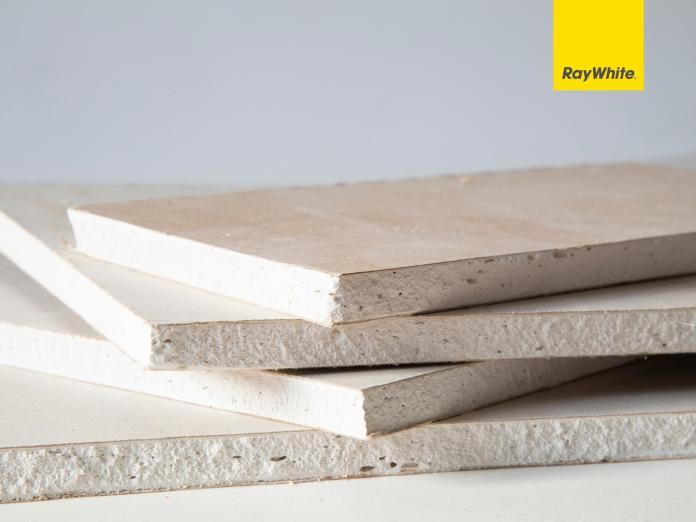








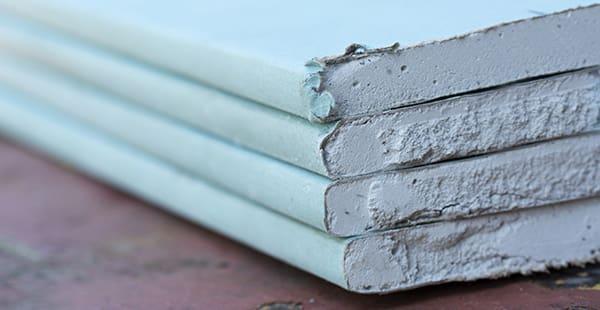
Have you ever heard of drywall, sometimes called wallboard? If you live on the West Coast, the answer is probably “Yes.” Drywall is a wallboard panel made of a layer of gypsum plaster sandwiched between two layers of paper. It is so common because it is affordable, lightweight, easy to cut and install, and can be painted over.

• With everything in life, there are pros and cons, and drywall is no exception. Drywall can be an ally as well as an adversary.

Affordability
• One of the reasons drywall is prevalent among many is its price. It's an affordable material that can be used in home construction.

Weight
• Single sheets of drywall can be easily moved and transported in a non-commercial truck or large SUV. This makes it great for the “Do-it-yourselfers”
Easy to cut
• If you need to cut a sheet of drywall to fit on the wall or ceiling, or a specific size for repair or replacement, drywall can be easily cut.

Easy to install

• A hammer and nails are all you need to install most drywall.
Easily available
• Drywall can be purchased at your neighborhood Lowe’s or Home Depot.
Paintable
• After priming, drywall can be painted by a novice.

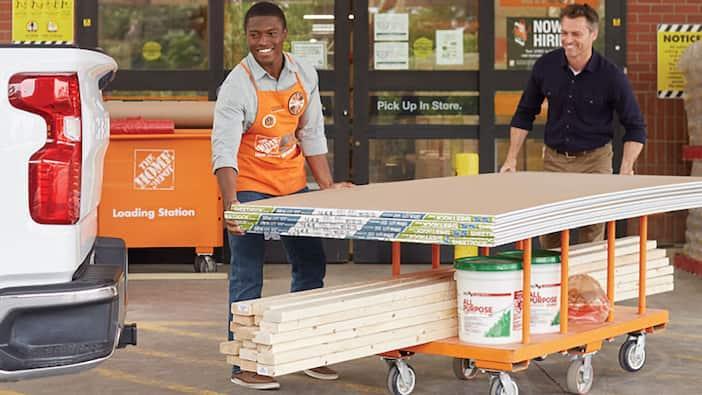
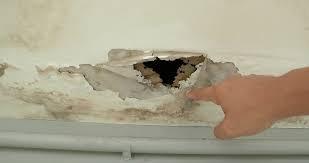
• Drywall is highly porous and attracts water, allowing it to absorb and hold moisture quickly.This makes drywall very vulnerable to mold growth.Water, food sources, oxygen, and the proper humidity levels all support mold development. Since many facilities in the County of Riverside use drywall, the possibility of mold presence exists. Black spots on the wall can indicate potential mold growth.
•Albeit small, believe it or not, drywall does contain water. Healthy, undamaged drywall contains between 5-11% water by volume.


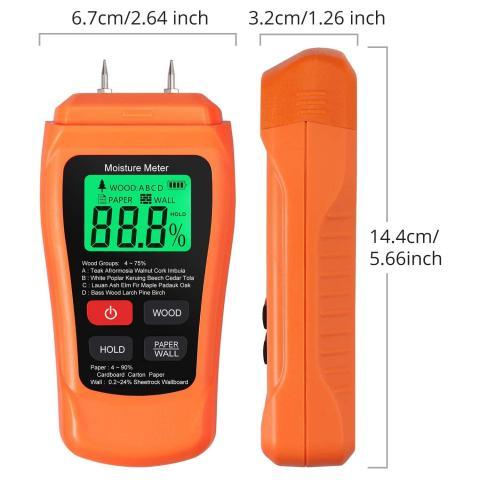
A calibrated moisture meter can measure the amount of moisture in drywall.
Drywall Moisture Content Status
5-12% Acceptable 13-16%
Danger Zone 17% + GET RID OF IT
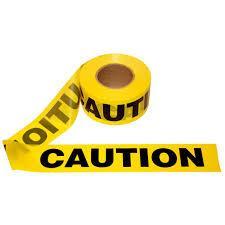
• High moisture in drywall can create discoloration or musty odors. If discolorations are observed on the drywall (Or any other surface) in your office, do not touch it, do not attempt to remove it, and do not spray anything on it, as this could make matters worse depending on the type of mold.

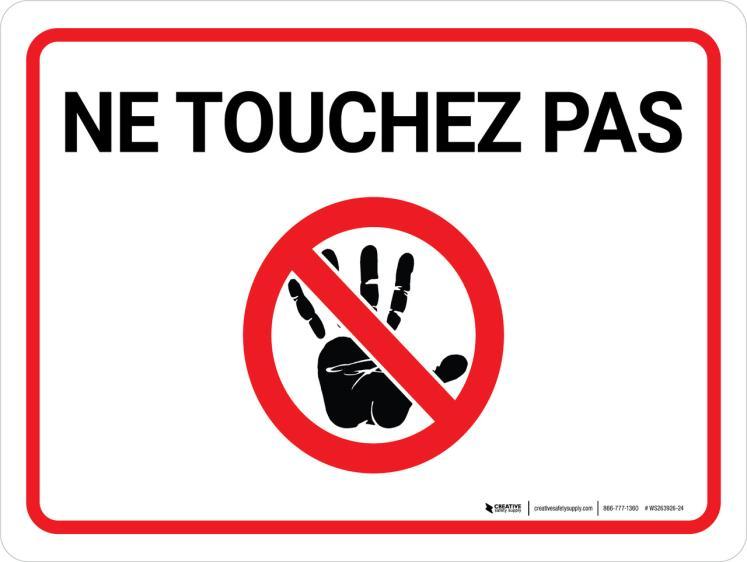
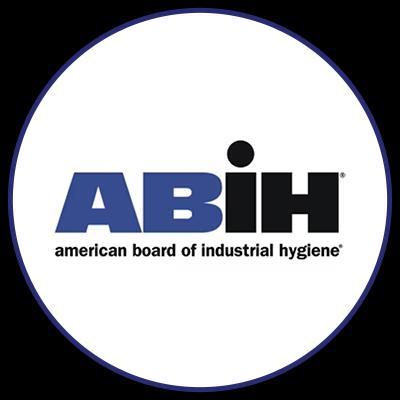
• If mold is suspected, an initial survey is conducted by the Safety Industrial Hygiene team. This consists of a visual assessment along with testing of the ambient environment (Humidity, Temperature, Carbon Dioxide, and Moisture Levels). Additional tests may be required at the Industrial Hygienist’s discretion. Contact your supervisor immediately to schedule an assessment.
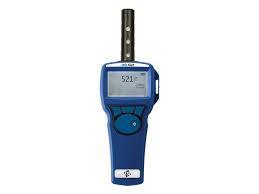
• If you have concerns about mold or air quality in your office, talk to your supervisor or department safety representative (DSR).


It’s been a long, hot summer, and the weather is changing, if you haven’t noticed. Pretty soon, it will be time to turn on the heaters. As building heaters sit dormant throughout the spring and summer months, dust particles, debris, and dried skin cells collect on the heating coils inside the furnaces. At the start of the cold season, when the furnaces are turned on for the first time, those settled particles burn off and can create a rather unpleasant smell for the first few weeks (The odor may resemble burning hair or fabric). Annoying, yes; harmful, no! This may be somewhat annoying at first, but eventually, it dissipates.

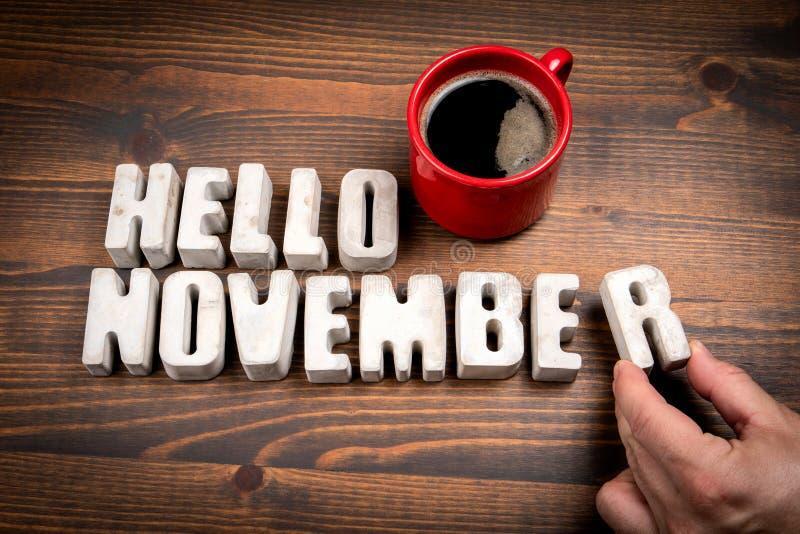
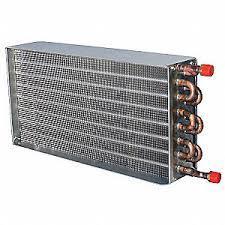
Please do not attempt to mask the odor with other fragrances, as this can often make the odor worse!
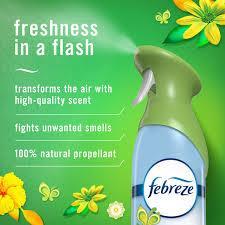
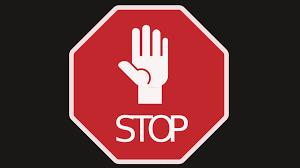
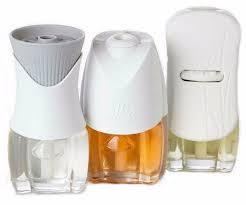
PROTECTING PATIENTS & STAFF

WHATISSAFEPATIENTHANDLING?
Safe Patient Handling (SPH) refers to the safe lifting, transferring, repositioning, or mobilizing of a patient’s body in a way that prevents strain or injury to both patients and healthcare workers WHYDOWENEEDSAFEPATIENT HANDLING?
Musculoskeletal disorders (MSDs) continue to be the leading cause of lost-workday injuries among healthcare workers (OSHA, n d -b) In 2018, private industry reported 27.2 MSD cases per 10,000 full-time workers, while the healthcare and social assistance sector alone accounted for 56,360 MSD cases (U.S. Bureau of Labor Statistics [BLS], 2019).
Nursing assistants experience particularly high risk, with an MSD rate of 166.3 per 10,000 workers over five times the national average (OSHA, n d -a) Additionally, up to 77% of nurses report experiencing work-related musculoskeletal disorders during their careers (Al-Abbas et al , 2023)
These figures highlight the physical demands of patient care and the ongoing need for structured SPH programs to protect healthcare teams and patients alike.
California’s Assembly Bill 1136 (AB-1136), enacted January 1, 2012, amended the California Occupational Safety and Health Act of 1973 to require all general acute-care hospitals to implement SPH policies and plans aimed at preventing musculoskeletal injuries
Hospitals under the California Department of Corrections and Rehabilitation are exempt from this requirement (Barihab, 2023).
Hospitals must replace manual lifting with mechanical lifts, transfer devices, and lift teams (Human Factors and Ergonomics Society [HFES], 2021). A lift team consists of trained healthcare workers proficient in SPH techniques and equipment use. Manual lifting of patients should only occur in emergency situations (HFES, 2021).
Devices must be used according to each patient’s condition and clinician assessment. The law also protects healthcare workers from disciplinary action if they refuse unsafe manual lifting (OSHA, n.d.-b)
Cal/OSHA is responsible for enforcing SPH requirements statewide (Barihab, 2023) Employers must maintain compliant programs and ensure all staff receive training, but every employee shares responsibility for reporting hazards and maintaining a safe care environment (OSHA, n.d.-b).
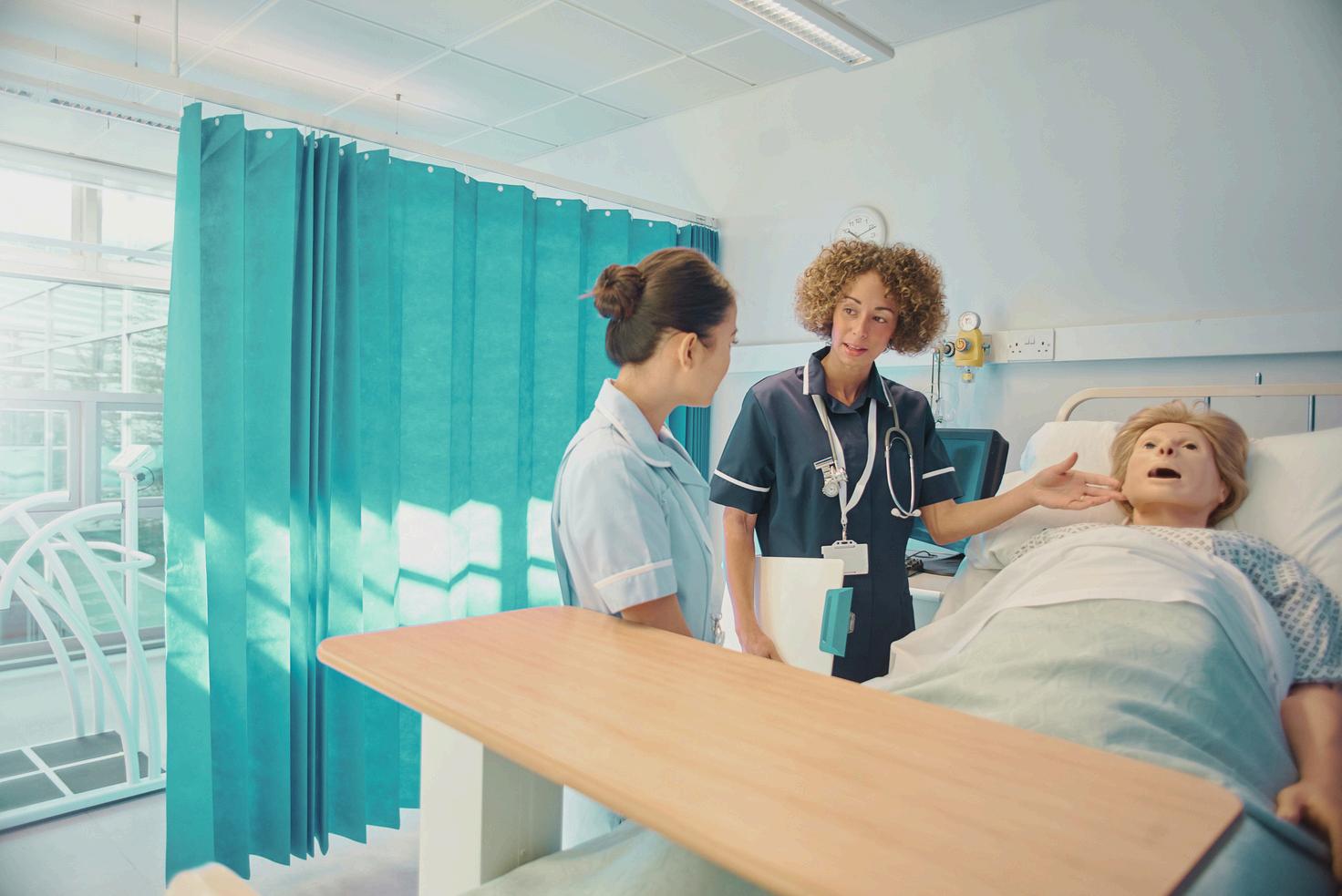
Filing incident or near-miss reports helps healthcare organizations:
Identify trends and problem areas
Determine equipment and staffing needs
Implement corrective actions that protect both staff and patients (OSHA, n.d.-b)
The data shown highlights the most common causes of patienthandling injuries among healthcare staff. Repositioning and transfer activities account for more than half of all reported incidents (NIOSH, 2023; OSHA, n.d.-b). These findings emphasize the importance of using mechanical lifts, slide sheets, and proper body mechanics to reduce strain and prevent repetitive motion injuries.
LIFTING/ASSISTING
(NIOSH,2023;OSHA,n.d.-b)
Use assistive devices whenever possible — manual lifts only in emergencies
Report all injuries and near misses promptly
Request refresher or additional SPH training as needed Safe patient handling protects you, your coworkers, and your patients
REPOSITIONING

The County of Riverside is committed to maintaining a professional, respectful, and safe workplace for all employees. Every individual has the right to work in an environment free from discrimination, intimidation, and harassment of any kind. Workplace harassment not only affects employee morale and well-being, but it can also create safety risks, lower productivity, and damage public trust in government operations.
As part of our ongoing commitment to safety and inclusion, this month’s newsletter focuses on understanding, preventing, and addressing workplace harassment in accordance with Board Policy’s C-25 & C-27.
Workplace harassment occurs when an employee experiences unwelcome conduct based on a protected characteristic such as:
• Race or color
• Religion or creed
• National origin or ancestry
• Physical or mental disability
• Medical condition
• Genetic information
• Marital status
• Sex, gender, gender identity, or sexual orientation
• Age (40 and over)
• Military or veteran status
Harassment may include verbal, physical, or visual behavior that creates a hostile or offensive work environment. It can come from anyone a supervisor, coworker, contractor, or even a member of the public.
Examples Include:
- Derogatory jokes, slurs, or name-calling
- Displaying offensive materials
- Unwelcome touching
- Repeated unwanted advances
- Retaliation for reporting harassment
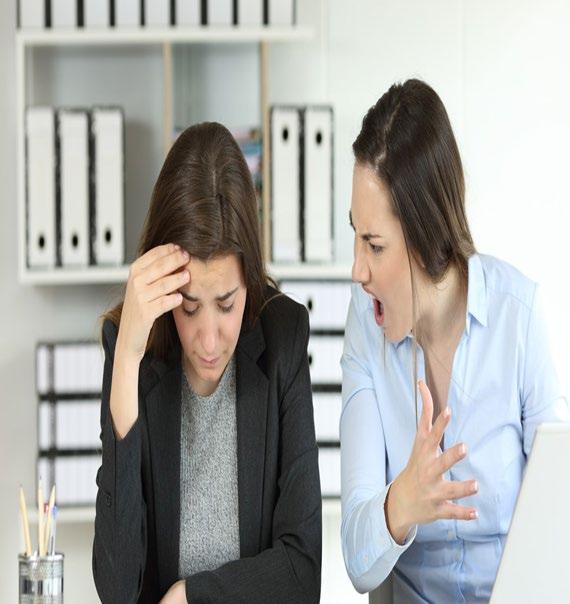
Harassment doesn’t just violate policy it undermines safety:
• Psychological Impact: Stress and anxiety can reduce focus, increasing the risk of accidents.
• Team Disruption: Fear and mistrust hinder cooperation.
• Operational Impact: Investigations divert resources from public service.
1. Be Respectful – Treat others with professionalism and courtesy.
2. Speak Up Early – Report inappropriate conduct immediately.
3. Support a Positive Culture – Be an ally and support those who speak up.
4. Participate in Training – Complete required harassment prevention training with COR Learning
If you believe you are being harassed or have witnessed harassment, report it to your Supervisor, Human Resources, Safety Loss Control, or through the anonymous reporting Safety hotline phone number below. You are protected from retaliation for reporting in good faith. All complaints are investigated promptly and confidentially.
Human Resources
During Normal Business Hours
951-955-3510
Employee Assistance Program (EAP) 951-778-3670
TTY
Safety Loss Control Office
951-955-8688 24 Hours
951-955-3520
Safety Hotline (voicemail) 951-955-5868
Workplace harassment is not just a personnel issue it’s a safety issue. A respectful environment promotes communication, teamwork, and trust, which are essential for preventing injuries and maintaining public service excellence.
“See something, say something.” Your voice matters taking action helps protect everyone.



The holiday season is a time for joy and celebration, but it is also important to prioritize safety in your home and office. Whether you’re decorating with festive lights or preparing delicious meals for your loved ones, a few simple precautions can help ensure your holidays are memorable for all the right reasons Here are some of our top holiday safety tips.
Holiday decorations and cooking can increase the risk of fire-related injuries and property damage. In fact, the holiday season from November through the new year are peak days for indoor fire incident according to the National Fire Protection Association (NFPA). You can minimize fire hazards by:
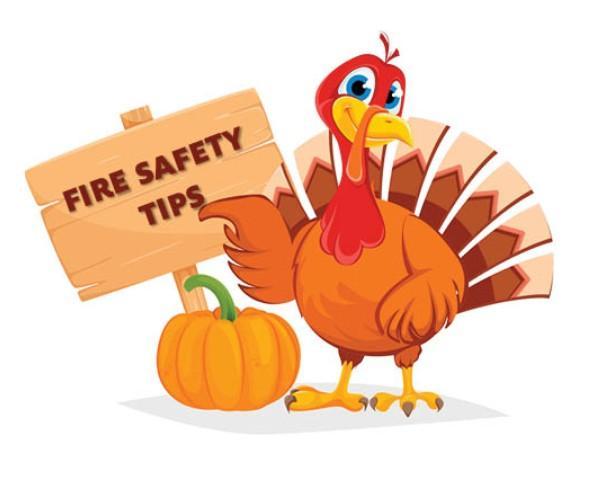
• Use Fireworks Appropriately: Before celebrating with fireworks, check local laws regarding their use and follow all regulations. Use fireworks outside only, away from buildings and trees, and never relight a firework that fails to explode.
• Choose safe decorations: Opt for flame-resistant or flame-retardant. Ensure decorations are not placed too close to heat sources like fireplaces or heaters.
• Inspect decorative lights: Inspect for frayed wires, damaged sockets, loose connections, or broken bulbs before hanging them. Use clips instead of nails to hang lights to avoid damaging cords.
• Be smart with candles: Keep candles at least 12 inches from anything that can burn and consider using battery-operated flameless candles instead.
• Avoid overloading electrical outlets: Do not overload with too many decorations or electrical devices Never try to make a three-prong plug fit into a two-prong outlet
• Fire sprinklers: Never hang decorations from fire sprinklers. Cal/OSHA regulations state that stacked materials should never be closer than 18 inches below fire sprinklers.
• Never leave cooking food unattended: Keep the cooking area clear of flammable items. Keep children away from the stove. Keep matches and utility lighters out of the reach of children.
• Inspect smoke detector: Ensure smoke alarms are in working order and keep a fire extinguisher nearby. If you suspect a fire, evacuate immediately and call 911 from a safe location.


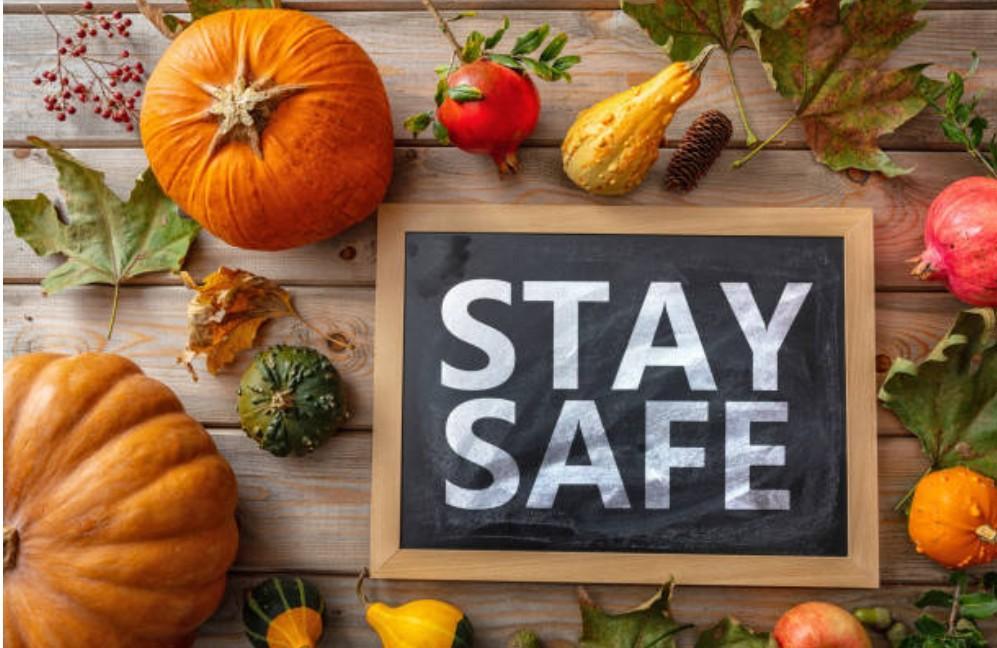
• It is everyone’s job to help prevent fires! Keep up to date on fire safety and be aware of your office environment.
• Check all cords and replace any that are frayed or broken. Do not daisy chain! Daisy chaining involves plugging an outlet strip into another outlet strip. Extension cords should not be used as a permanent source of power.
• Turn off all indoor and outdoor electrical decorations before leaving Refrain from placing extension cords in high-traffic areas of your workplace, or under rugs, carpets or furniture.
• Do not store items touching the ceiling. A minimum vertical clearance of 18 inches must be maintained between the top of any stored materials and the sprinkler heads 24 inches below the ceiling in non-sprinklered areas.
• Be alert and don’t walk away while using kitchen equipment. Keep anything that can catch fire away from open flames or hot surfaces and review proper microwave use. Do not place aluminum foil, single use plastic, Styrofoam, or anything metal in the microwaves
• If using a space heater, keep the heater 3 feet away from objects and do not elevate the heater. Plug the heater directly into the outlet and ensure it has auto shut off features. Never leave heaters unattended and turn them off before leaving the room
• Conduct at least one Fire Drill in a year with evacuation for your office location.
• Fire extinguisher(s) must serviced, certified annually and inspected monthly Do not block Fire extinguisher, walkway, and electrical panel.
• Always know at least 2 routes of evacuation and know your assembly area. All employees must report to their assembly area to be accounted for
• Review your Emergency Action Plan to ensure you know how to respond to a fire event.
The holiday season comes with potential hazards that can lead to slips, trips, and falls. Decorations, winter weather, and an increase in activities can create an environment where accidents are more likely to occur. Take proactive fall prevention measures by:
• Making sure walkways, driveways, sidewalks, and other high-traffic areas are clear obstacles (decorations, electrical cords, etc.…).
• Ensuring indoor and outdoor spaces are well-lit.
• Being mindful when using a ladder for hanging outdoor lights or other decorations.
• Do not stand on a chair to hang decorations. Use a stepladder, and make sure to read and follow the instructions and warnings on the label.



Good food starts with safe preparation and ends with proper leftover storage to reduce the potential for food poisoning and other safety concerns. Consider these simple tips for handling food safety:
Wash hands, utensils, and surfaces frequently when preparing or handling food. Separate raw meat, poultry, seafood, and eggs from other foods.
Cook food until it reaches a safe temperature. Keep food hot (140° F or above) after cooking if you aren’t serving it right away. Store leftovers properly by refrigerating perishable foods within two hours.

To stay protected during the Thanksgiving and winter season, health officials recommend getting vaccinated against respiratory illness such as influenza (flu) and/or Covid. These respiratory illnesses typically surge during the colder months when people gather indoors for holidays.
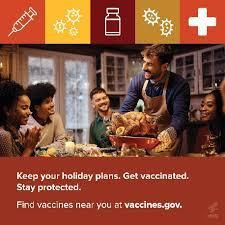


If you’re traveling by car during the holidays, you’re at greater risk of injury or fatality than other forms of transportation. Thanksgiving weekend is one of the deadliest times of the year for drunk driving, with statistics showing a significant increase in fatalities compared to other times.
It is important to take road safety steps, such as:
• Prepare your vehicle for winter weather conditions in your area.
• Stock an emergency kit in your car, complete with a first aid kit, vehicle emergency supplies (e.g., jumper cables), flashlight and batteries, warm clothes, nonperishable foods, and drinking water.
• Avoid drowsy, drunk or impaired driving and remove distractions such as cell phone use.
• You can find additional transportation safety tips through the Centers for Disease Control and Prevention (CDC).
• Take the Dangers of Carbon Monoxide Poisoning Seriously.Don’t leave your car running in your garage. Don’t use a gas range or oven to heat your home. Don’t use a generator in an enclosed space.

Be Prepared to Help Family Members and Friends with CPR, AED, and First Aid Training
The holiday season should be a time for gratitude and togetherness. Accidental injuries are bound to happen even with the best intentions. Be prepared to respond to burns, cuts, and other injuries by taking online refreshers. One of the best ways to be prepared for the winter holidays is to brush up on your CPR, AED, and First Aid knowledge.
Adult and Pediatric First Aid/CPR/AED blended learning course
